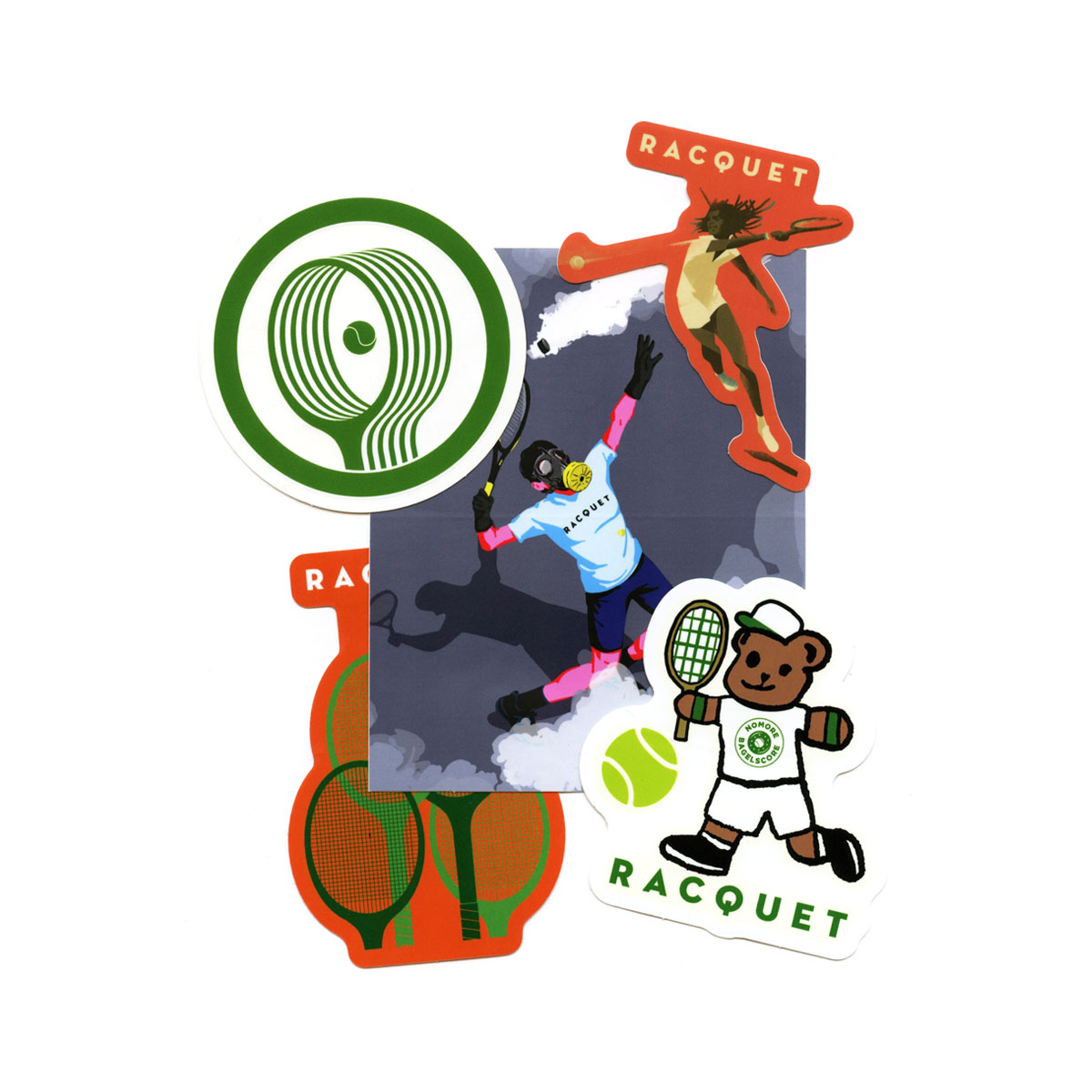By Giri Nathan
Photography by David Bartholow
Spooky feeling alert: Did I detect, on Thursday evening, some part of myself rooting against Carlos Alcaraz? That can’t be right. Already? He’s barely two haircuts into his pro career. He conducts himself with humility and a goofy smile. He won’t turn 20 until May. And yet watching him on Thursday evening he felt already like a monolithic and inevitable presence, the kind that you can picture holding the trophy before the tournament begins, the kind that squeezes the optimism out of the generation above him and the one below. This is all a compliment, in its way. The actual tennis is as eye-popping as ever. But for the first time I caught myself issuing a sigh. Already? There’s gonna be two more decades of this!
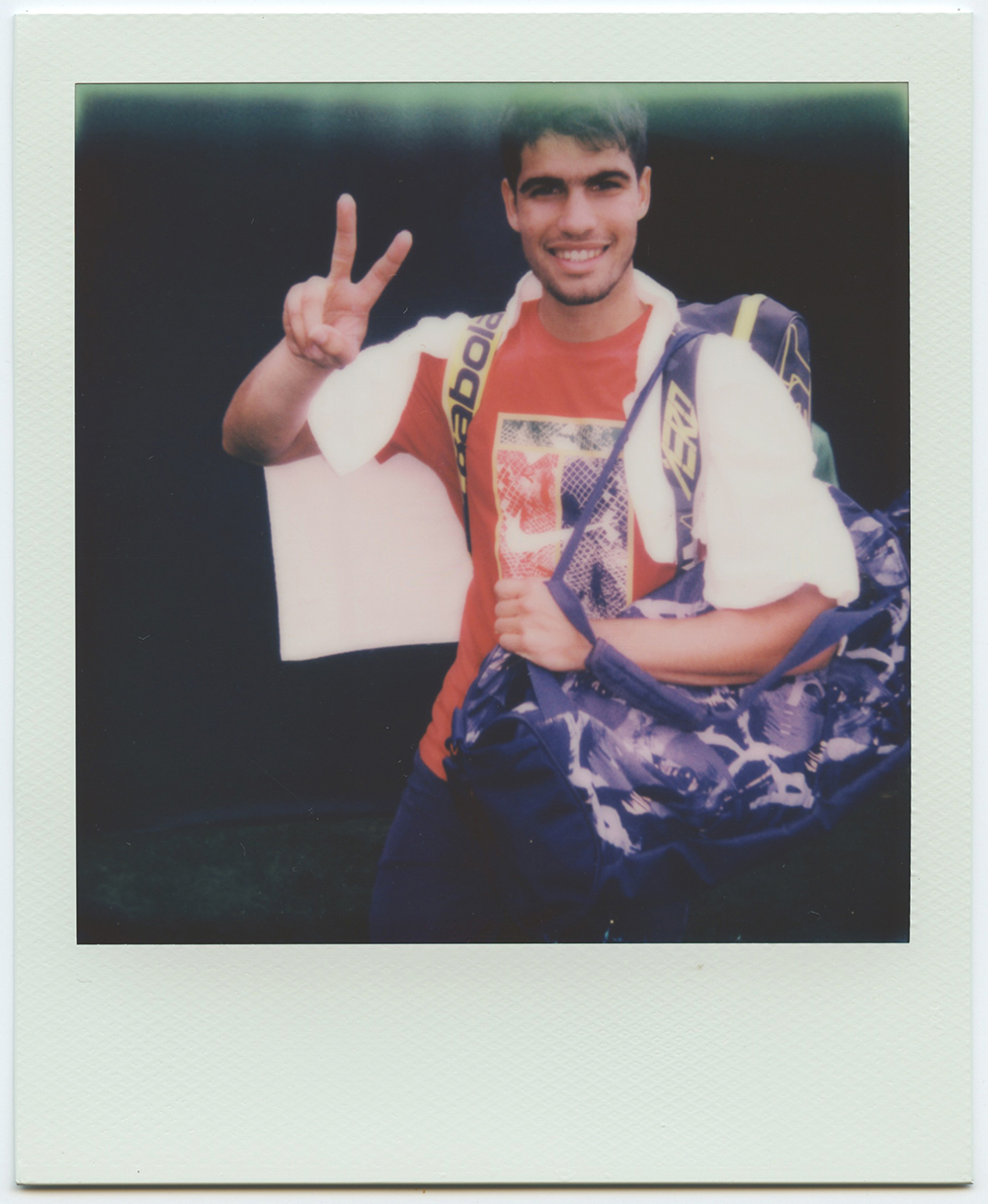
Of course, there’s a friendlier gloss on that sigh: I am happy to see Charlie thrive; I’d just like his colleagues to keep up, and keep the tennis interesting. Felix Auger-Aliassime seemed like he could keep up just fine. He has played some fine tennis this week in Indian Wells, on fiendishly slow hard courts that do not necessarily play to his strengths. Absent are the quick and easy points he collects indoors. FAA is slogging these matches out on the gritty quasi-clay. In his third-round against Tommy Paul, he defied death. Paul had six match points. Peak Tommy Paul looks so good you’d think his ranking should be halved; his feet were fast, his hands were soft, and he should have won. Felix found a way through, though—mostly with unreturnable serves, and once with a brutally shanked backhand. That earned him a meeting with Alcaraz. There was cause for hype. Alcaraz has an 0–3 record against Auger-Aliassime, and hasn’t yet managed to break his serve.
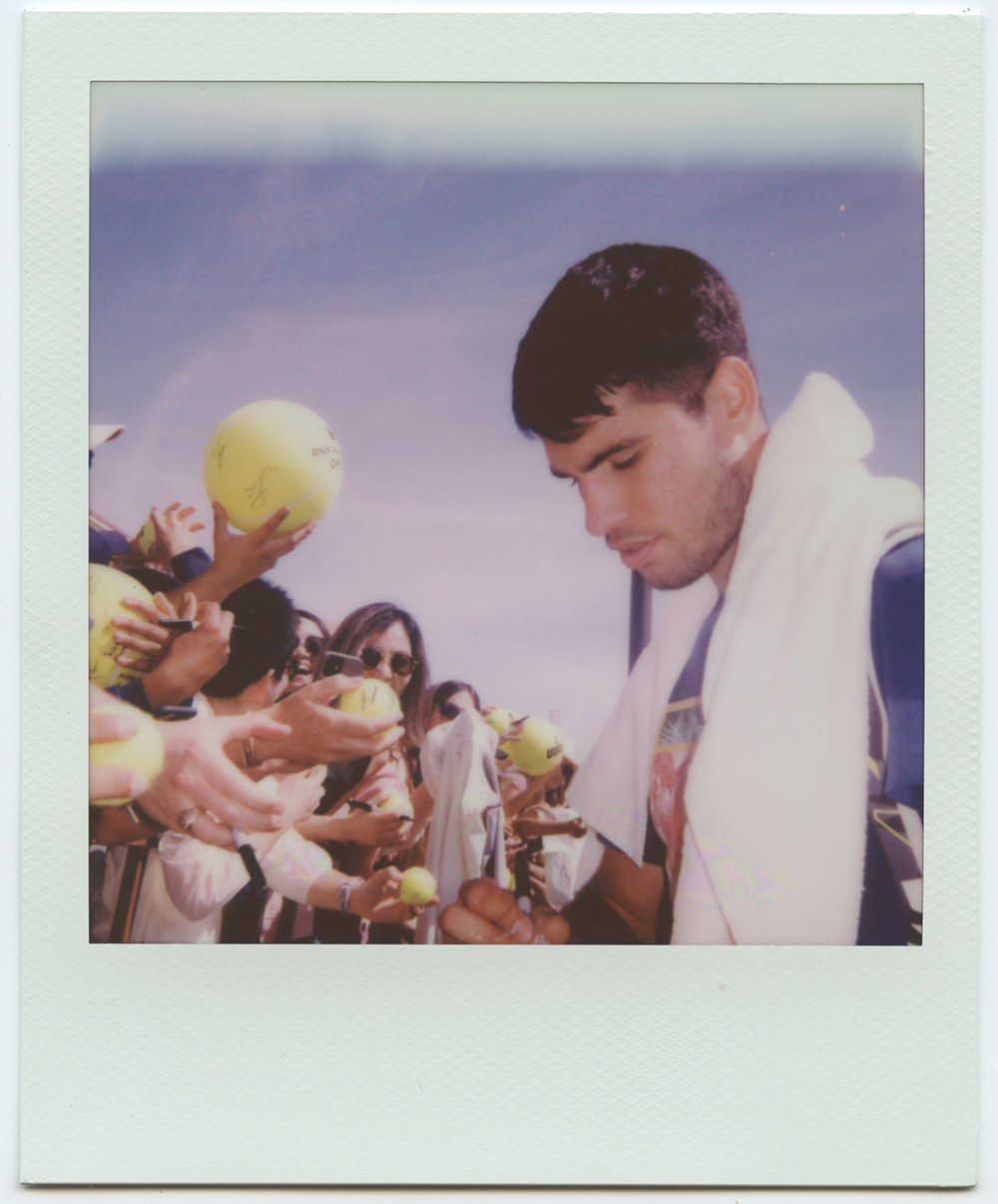
It wasn’t long ago that Auger-Aliassime was the most exciting young prospect on the ATP. That is an impossible case to make now. In Thursday’s quarterfinal he was a wizened 23-year-old trying to tamp down an even more volcanic prospect. On court they share some wonderful attributes: agility, pace, big forehands. But over the course of this match Alcaraz revealed, bit by bit, his surplus superpowers. One point early in the first set terrified me as an encapsulation of Alcaraz’s ability to flip defense to offense. Auger-Aliassime had struck a fantastic approach shot. Alcaraz barely got to it. The volley went to the opposite corner. Alcaraz dug out a desperation lob. Had you blinked your eyes then, you would have opened them to Alcaraz slapping an approach shot, then closing to the net for a pair of deadly volleys. How he did it, we may never know. Typically there are lulls in a rally, where a player can relax, because he knows he has wrested an unassailable advantage. Those beats never come when the opponent is Alcaraz. That boy keeps assailing.
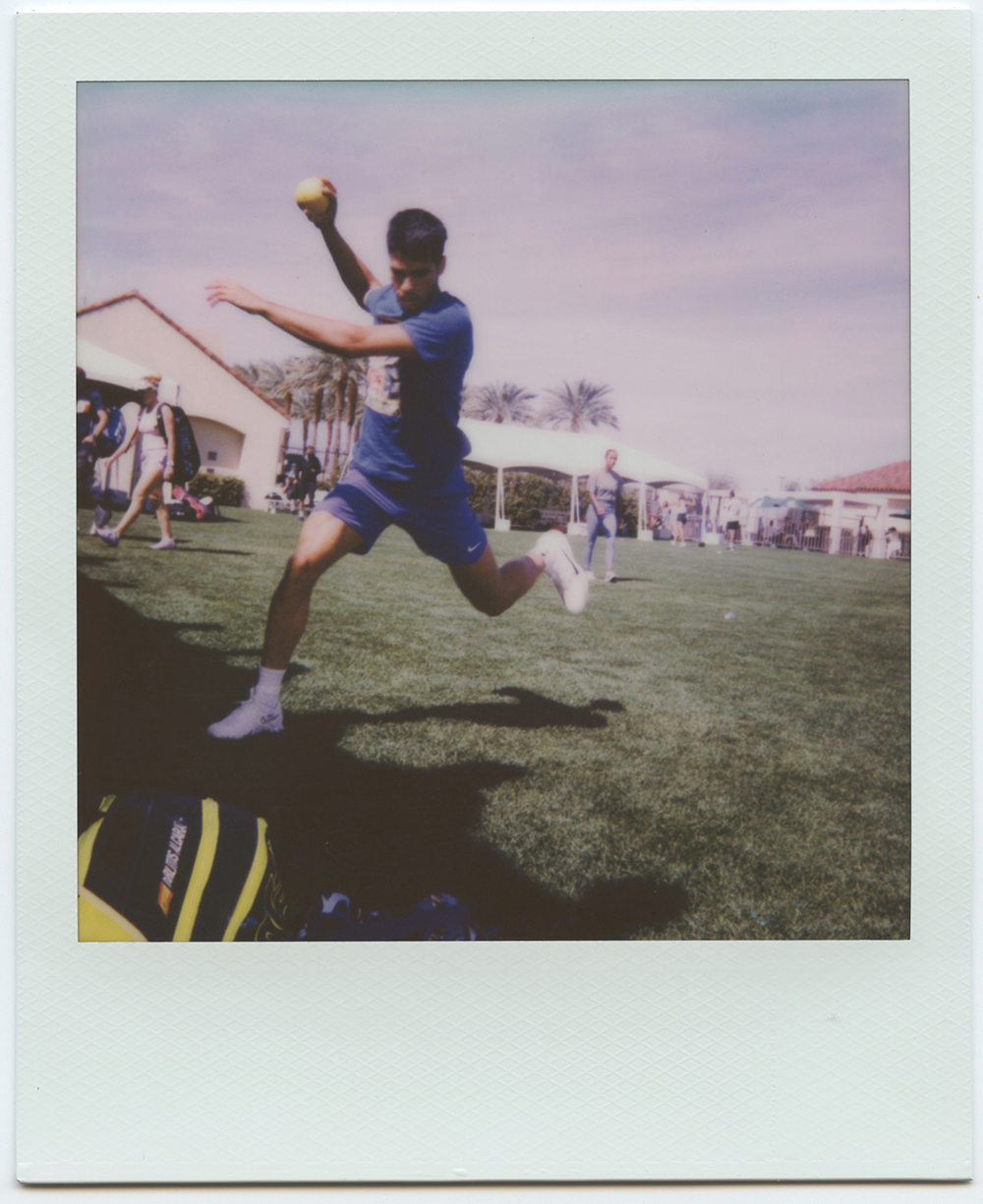
So well-rounded is Alcaraz that he makes a player as good as Auger-Aliassime look a little lopsided. Cast in relief, you can see exactly what Auger-Aliassime’s backhand lacks: consistency, tolerance for different heights and trajectories, effortless change-of-direction. After two hard-fought sets, and his best start-to-finish performance of the season, Alcaraz won, 6–4, 6–4. Until Felix shores up his weaknesses, this matchup may prove unwinnable on slower courts. But Alcaraz’s semifinal opponent has already proved that he can hang on grass, clay, and hard court alike. Should you find yourself feeling early-onset Charlie fatigue, simply dial up his true rival: Jannik Sinner.
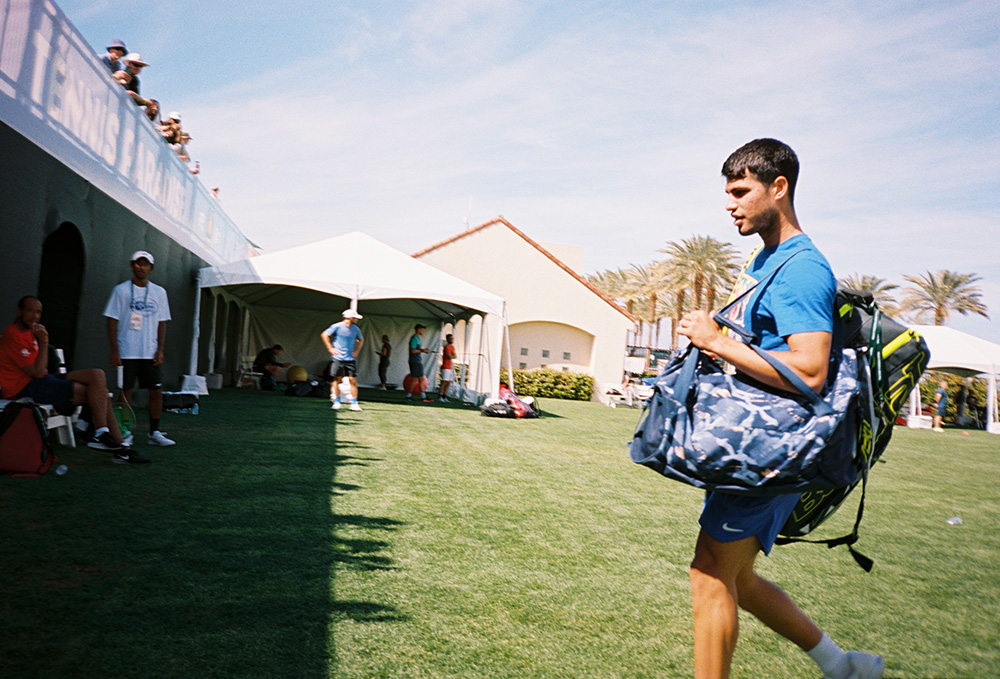
Above: Can Carlitos be stopped in the desert?


